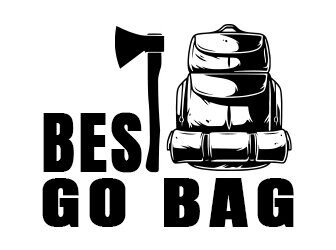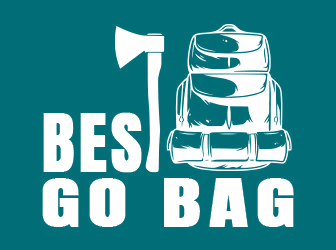Solar Energy: Your Everyday Pocket Power
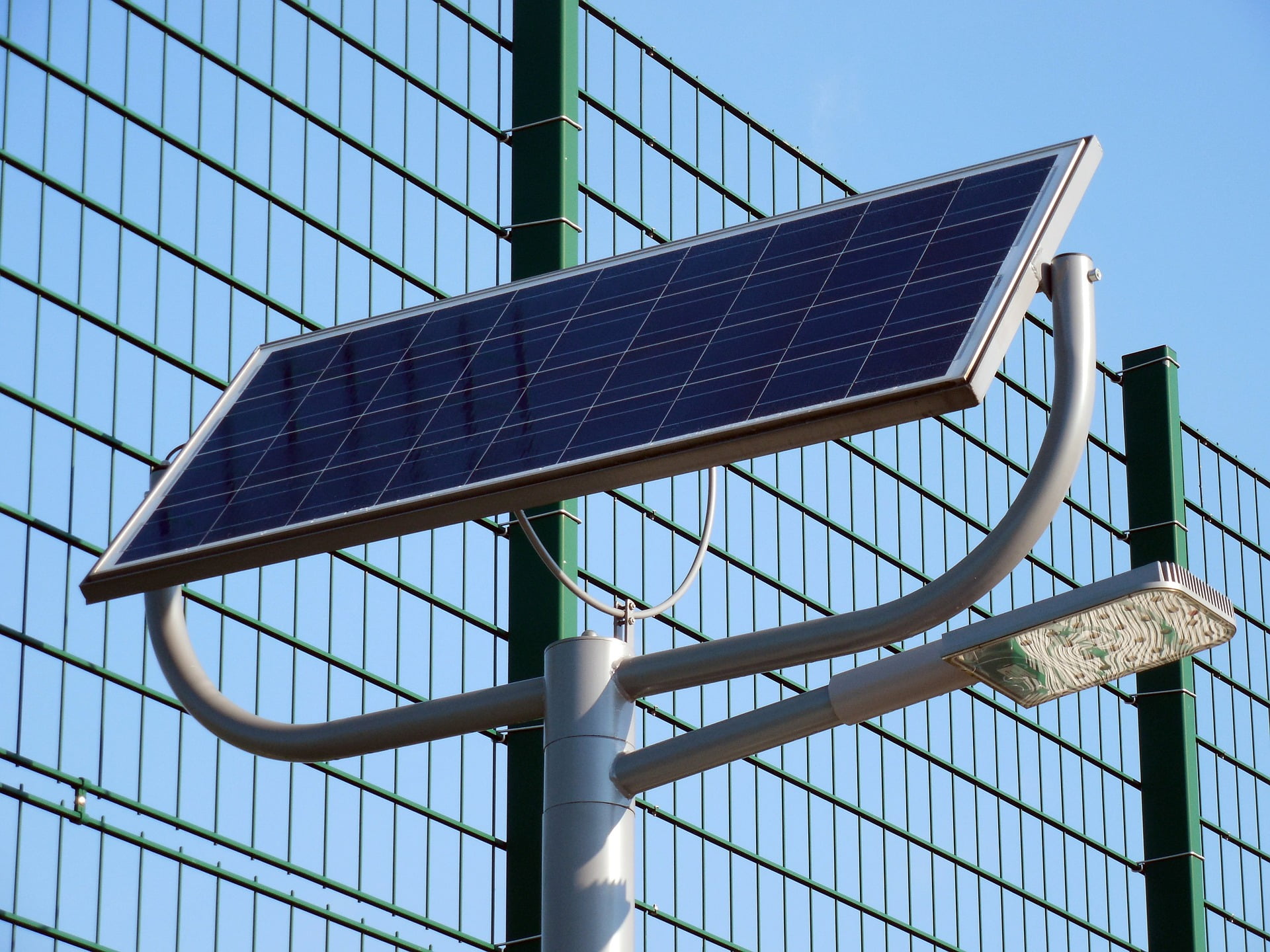
Solar Energy: Your Everyday Pocket Power
If you’re not using solar-powered tools and devices, it’s time to make the switch. Chargeable and battery-operated devices are a thing of the past. They are outdated and are not nearly as reliable or effective, especially in emergency situations. When it comes to emergencies, you don’t want to worry about whether or not your device will have enough charge to get you through. Plus, searching for extra batteries is annoying.
Forget about emergencies for one minute and think about the items you use daily that require batteries or a charger. Cellphones, flashlights, and generators are all great examples of devices you don’t want to worry about having enough power. You want to be able to use these things even when you’re in a pinch. With regular chargers and batteries, there isn’t always a guarantee that you’ll have enough power.
Consider a mobile charger that comes with a power pack as its charging base. If you are on a road trip, traveling, or running errands and you didn’t fully charge the base, then you’re out of luck. You won’t be able to charge your device. The same goes for if you’re camping or doing something outdoors and need a flashlight. If you don’t have new batteries or a backup set, you won’t be able to use it.
If you’ve ever found yourself in one of these situations, you know how frustrating (and dangerous) it can be. That’s where solar-powered energy comes in. Any time the sun is out, your device will charge. You never have to worry about having a fully-charged device again! Many people assume solar power is just for the panels that go on your roof, but that is not the case. Solar power can be used every day on devices big and small.
Why Is It a Good Idea to Use Solar-Powered Devices?
In case you did not know, solar power converts the energy given off by the sun and turns it into power and electricity. It does this through a special panel that collects the energy and transfers it to whatever it is attached to. In the case of solar panels, they are attached to your home’s energy grid and supplies power to your home.
With smaller tools and devices, there are grids that are equal to the size of the device. In many cases, it is directly built into a part of the device, like on the side of a flashlight or on top of a power pack for a portable charger.
There are quite a few reasons why you should consider using solar power when it comes to more large-scale uses like powering your home. We will focus on why you should use solar power to power your smaller devices every day or in the case of an emergency. Check out our list below to see the top three reasons why it’s a good idea to use solar-powered devices.
Saves You Money
In any case, solar power saves you money. You’ll never need to buy a charger or batteries for your solar-powered device again, which does add up over time.
Plus, one device will last you a long time because you can charge and drain the battery from hundreds to thousands of times. That means you will get a minimum of five years of use, on average. And, if you are interested in using solar power for your home, it will cut down on your energy bills there, too.
No Charger or Batteries Necessary
Besides the money-saving factor, always having batteries on hand (or taking up room in your junk drawer) is annoying. So is having extra chargers that go with your device.
If you have something that is solar-powered, the charger is already built-in! It will have a small panel on it that acts as the charger. And if you don’t have a solar-powered device, you can still charge your device with a solar-powered charger or generator.
Safer and More Reliable
As long as your device is in the sunlight during the day, you never have to remember to charge it. Just leave it by a window or somewhere sunny until you are ready to use it.
With non-solar devices, not having batteries or not having an outlet to plug into can be dangerous, especially when you need power during an emergency. If you rely on something like a radio, cellphone, or even a flashlight, you shouldn’t have to worry about it failing you when you need it most.
What Are the Best Solar-Powered Tools?
Solar-powered tools are great for everyday use, and they are even better in an emergency. If you need power for a device, solar power is the way to go. You will never have to worry about not having a charge again. Here are the best solar-powered tools you need:
- Rechargeable batteries: If your device doesn’t have a charging cord or a built-in solar panel, then these batteries will be your new go-to. You can charge and drain them 500 times, and they work on any device that takes regular batteries.
- Power Generator: This is a must-have for emergency preparedness. Use the generator inside your home to power larger devices and appliances, like refrigerators and medical devices.
- Tactical Flashlight: This is great for emergency situations and daily use. There are many times when we find ourselves needing extra light, like when we go into basements or attics. Even looking under your sink if there’s a leak.
Are There Portable Solar-Powered Devices?
Yes! While the items we mentioned in the above lists are also technically portable, some devices are specifically made for portability. This means they are small enough to travel with you, and they can go anywhere at any time.
- Patriot Power Cell: These power cells are only slightly bigger than your cell phone. They are strong enough to charge any device that uses a USB charging cable. Each cell has two USB ports so you can charge two devices at once. Plus, there’s a built-in flashlight!
- Mini Solar Generator: This is perfect for stashing with your survival kit or packing for travel. This generator also only weighs eight pounds. It’s small but mighty with a 300-watt capacity. It has eight outlets and can be used to power your most essential devices, like laptops and radios.
Conclusion
As you can see, solar energy is the best possible way to power all your devices, big and small! From pocket-sized power cells to full-sized generators that can power large appliances like freezers and microwaves, there’s nothing you can’t power with solar energy.
At 4Patriots, we have all the solar-powered devices you will ever need. Whether it’s a camping trip, preparing for an emergency, or just charging your cell phone every day, there’s a solar-powered device for that.
Sources:
How Does Solar Work? | Energy.gov
Planning Your First Car Camping Trip

Have you tried car camping yet? Every outdoors enthusiast should go car camping at least once in their life. Luckily for you, here is everything you need to know about planning for your first. In this article: Why Go Car Camping What Are the Risks Where Should You Go What Should You Bring to Your […]
How To Tie A Square Knot | Step-By-Step Instructions
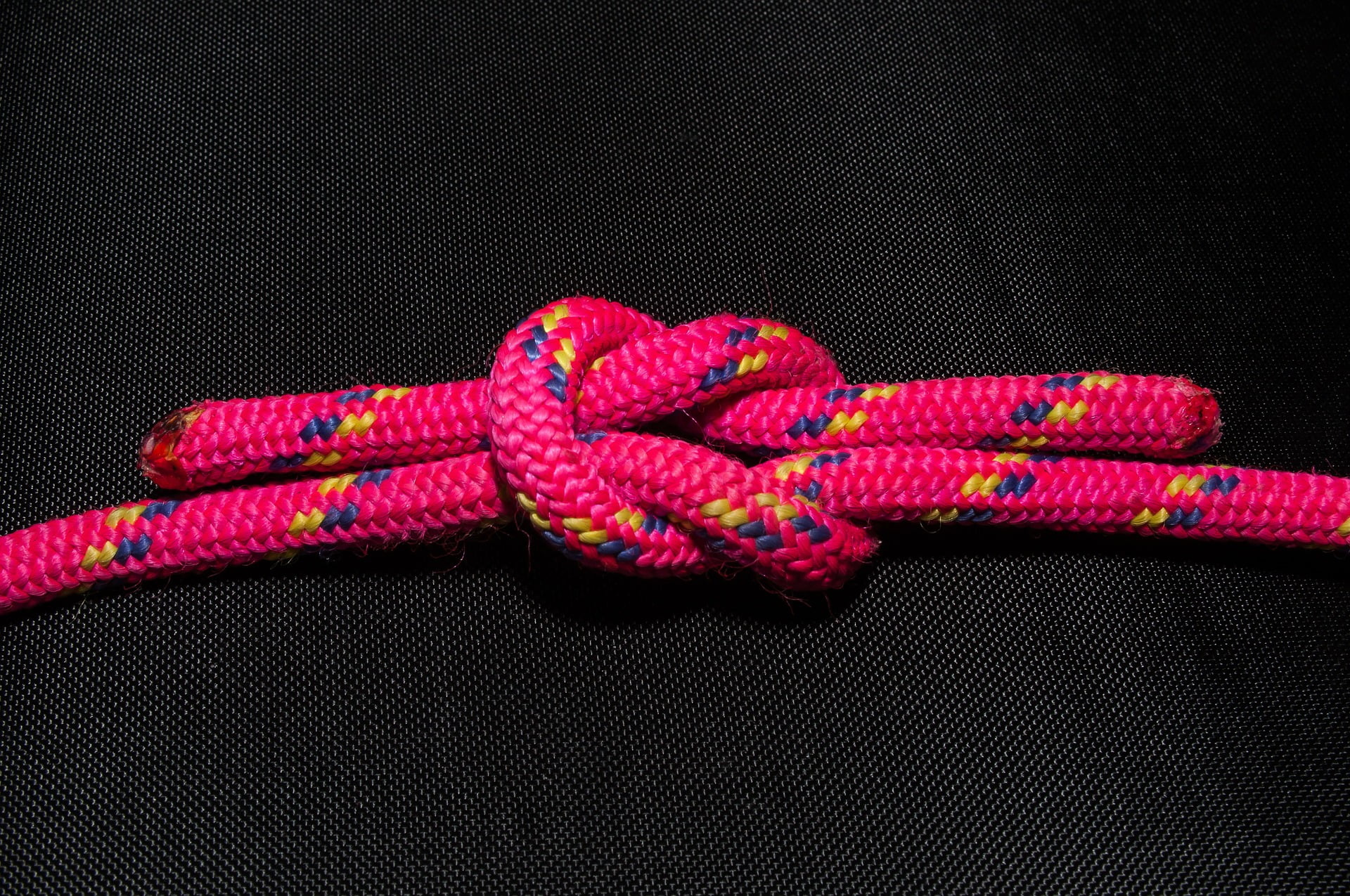
Learn how to tie a square knot and add this to your survival skills! Often called the reef knot, the square knot is one of the most commonly used knots. Thus, following this tutorial can be a lifesaver! RELATED: Tie It All Together With These 9 Survival Knots In this article: The Square Knot Uses […]
How to Start a Fire in The Snow
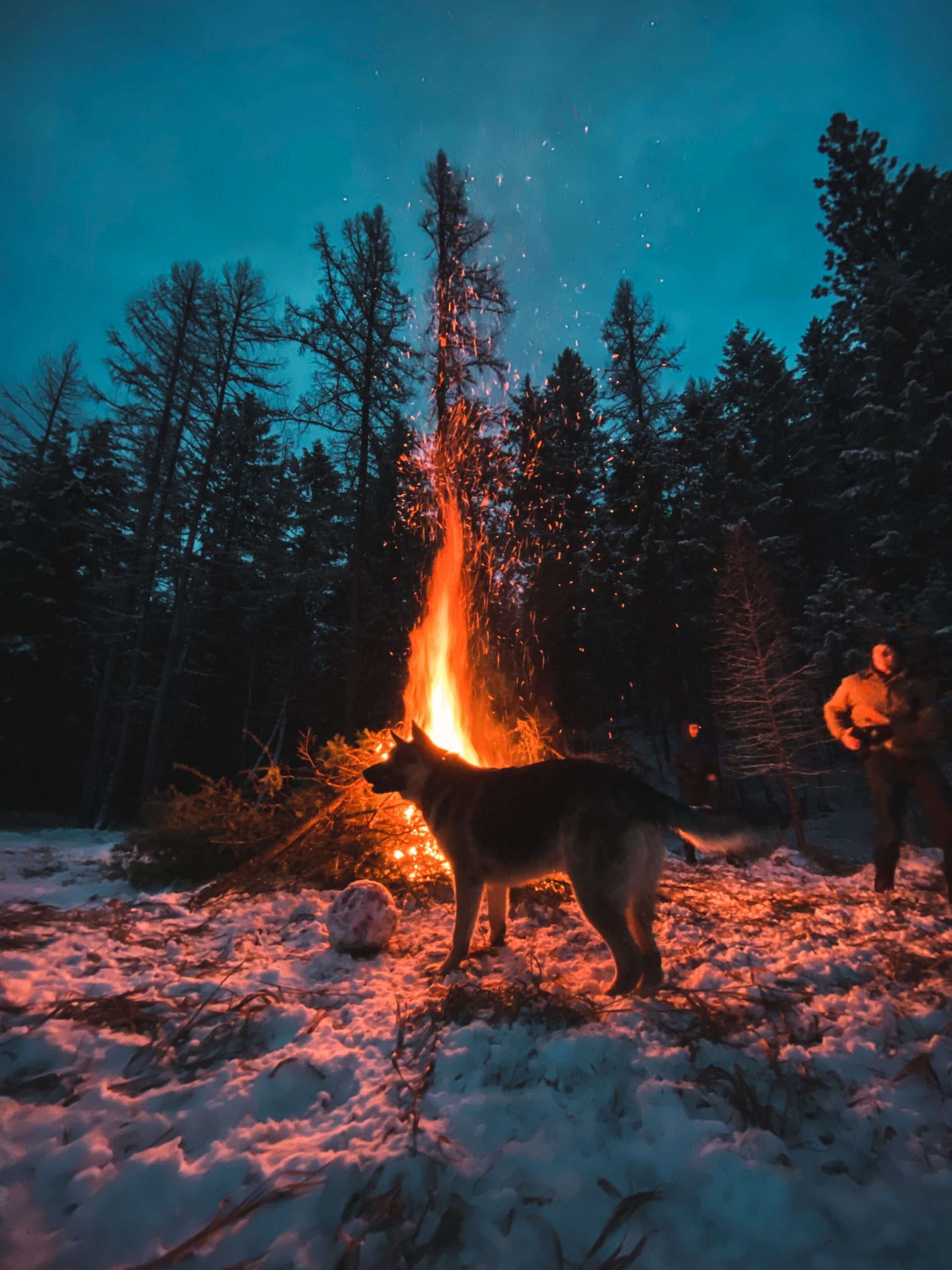
When you’re out in the woods and get caught in a snowstorm, knowing how to start a fire in the snow for survival is everything. Making a fire on top of deep snow isn’t at all difficult as you would imagine. These tips and tricks will teach you how! RELATED: How To Choose The Best […]
A Complete Guide To Campfire Cooking

Campfire cooking can be a soothing activity to do in the middle of the wilderness. You can appreciate nature and enjoy the company of friends while preparing meals. Here are the essential things you need to know to make your campfire cooking easier. In this article : What Can You Cook on a Campfire? How […]
The Principles of ‘Leave No Trace’
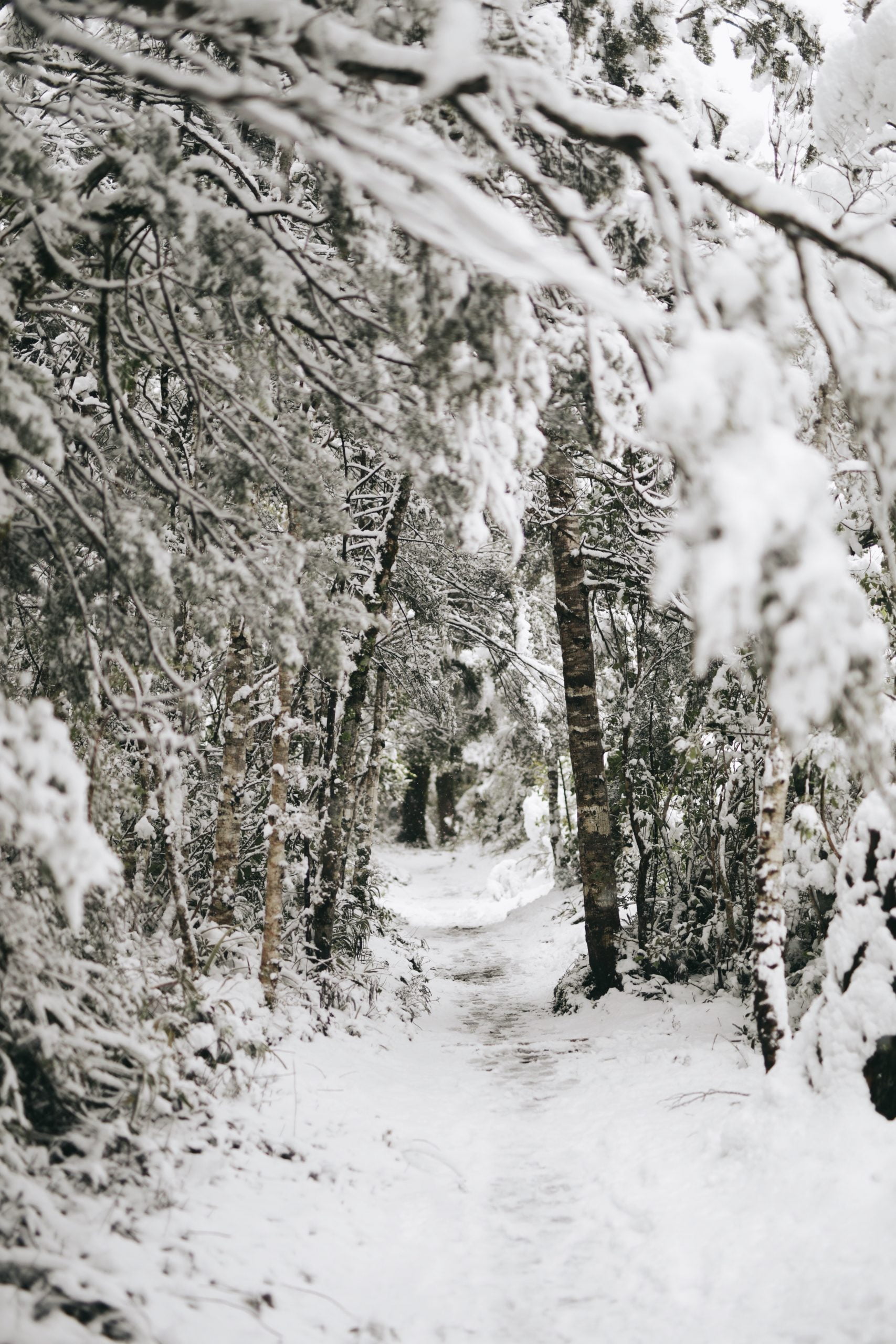
If you frequently spend time camping, hiking, fishing, or otherwise enjoying the outdoors, you will have likely heard the phrase, “Leave No Trace.” This phrase, accompanied by seven principles, is often attributed to the Boy Scouts of America, but it applies to anyone that is a lover of the outdoors.
How To Introduce Your Kids To The Outdoors

Here’s 4 simple ways to introduce your kids to the great outdoors… and make sure that they grow up safe and knowledgable about the backcountry.
Bear Safety (How Not To Get Eaten)

Any experienced adventurer can tell you that bears represent some of the biggest dangers in the entire wilderness. Here’s how to stay safe and not get eaten.
The Top 5 Snow & Ice Survival Hacks


Whether you live in a climate that gets snow and ice during the winter, or you plan to visit an area that has temperatures that drop below freezing: it’s important to internalize basic safety tips about snow and ice survival. Having a few safety hacks stored in your brain could mean the difference between injury, life, and death. These tips can help anyone – from frequent hikers and backpackers, to the average person just driving through or living in a cool climate. Either way, these survival hacks are sure to make you feel safer and more secure.
Tip #1 – Trapped Under Ice
If you find yourself on a body of water in your vehicle and the ice breaks, do your best to remain calm! The most likely scenario is that your car doors will be difficult or impossible to open without the pressure being equalized inside of the car. This means that until your car is completely submerged, you will not be able to open the doors. Focus on steady breathing and allow water to rise and fill the car completely. Then, open the car door and swim out of the car and go straight up.
BONUS HACK: If you frequently drive in areas with icy bodies of water, considering purchasing an emergency vehicle window breaker tool. These tools are able to shatter your vehicle’s glass, even before the pressure equalizes in your vehicle. These tools often come with seatbelt cutters, in case you are unable to remove yourself from your seatbelt in an emergency.
Tip #2 – On Thin Ice
It can happen in an instant. You swerve to avoid hitting a deer, your car hits a patch of ice and loses control, and you find yourself on a body of frozen water. You may have been ice fishing and noticed the ice cracking or seeming unstable. Regardless, this is one of the scariest winter situations possible. First, if you are not submerged and you are on the ice, do not panic. Crawl across the ice on all fours. Spreading out your weight across a large surface area helps put less tension on the ice and makes it less likely to break. If you become submerged in the water, do not thrash around. This causes you to expend body heat and energy. Do your best to remain calm and control your breathing. Rather than pulling yourself straight up, kick your legs underwater until they are behind you as if you were swimming forward. Then use your arms to pull yourself back onto the ice. Do not stand – crawl your way to shore.
Tip #3 – Wrecked In Snow
If you lose control of your car and become stuck in the snow, it’s important to know how to keep your warmth and energy. First, if you travel in cold areas often, you should have nonperishable food in your car, as well as water, a blanket, and extra clothes. Hopefully, you already know how important it is to keep a survival kit handy. If you become trapped in your car in the snow, stay with your car! Wandering around outside in cold temperatures will quickly deplete your body heat and your chances for survival. Check your car’s exhaust pipe – if it is blocked by snow, remove the snow covering the tailpipe. If the pipe is blocked, carbon monoxide can back up into your car and kill you. Do your best to run your car once an hour for about 10 minutes. This conserves the car’s gasoline while keeping the temperature up. Finally, make sure to dial 911. Even if your phone doesn’t have a signal, it’s possible a call to 911 will go through if your phone is able to pick up on another network’s signal. Stay by your car, stay warm, and stay safe!
Tip #4 – Lost In The Snow
If you are lost outdoors, stop wandering! Wandering in unfamiliar territory is likely to get you more lost and it depletes your energy. When you are lost, stay put unless you have absolutely exhausted all other survival options. Remember, snow is an insulator. Do your best to construct yourself a shelter out of snow. Snow will help keep you warm if you can block out wind. Stay in or near your shelter. Many people are tempted to eat snow to keep themselves hydrated. If you have already called for help and are desperate for water, snow is a good option. But if you believe help may be on the way, avoid eating snow. It lowers your internal body temperature and can lead to hypothermia.
Tip #5 – Snowed In!
Your home is a great place to be during a storm. But remember, if your power goes out, it may be out for days. Gather everyone in the home into a central room in the house – the more central the room, the warmer it will stay. Avoid walls with doors and windows. Build a fire in a fireplace if possible or stay near the kitchen by the oven. Preserve canned goods in case you are trapped for long periods of time. Fill up containers of water and keep them in the warm room so it doesn’t freeze and so you have access to water before pipes freeze.
BONUS HACK: Keep a camping tent in the house and set it up in a central room. This creates a nice, warm pocket for sleeping – especially if your central room is large and still cold.
Must-Have Gear For Camping
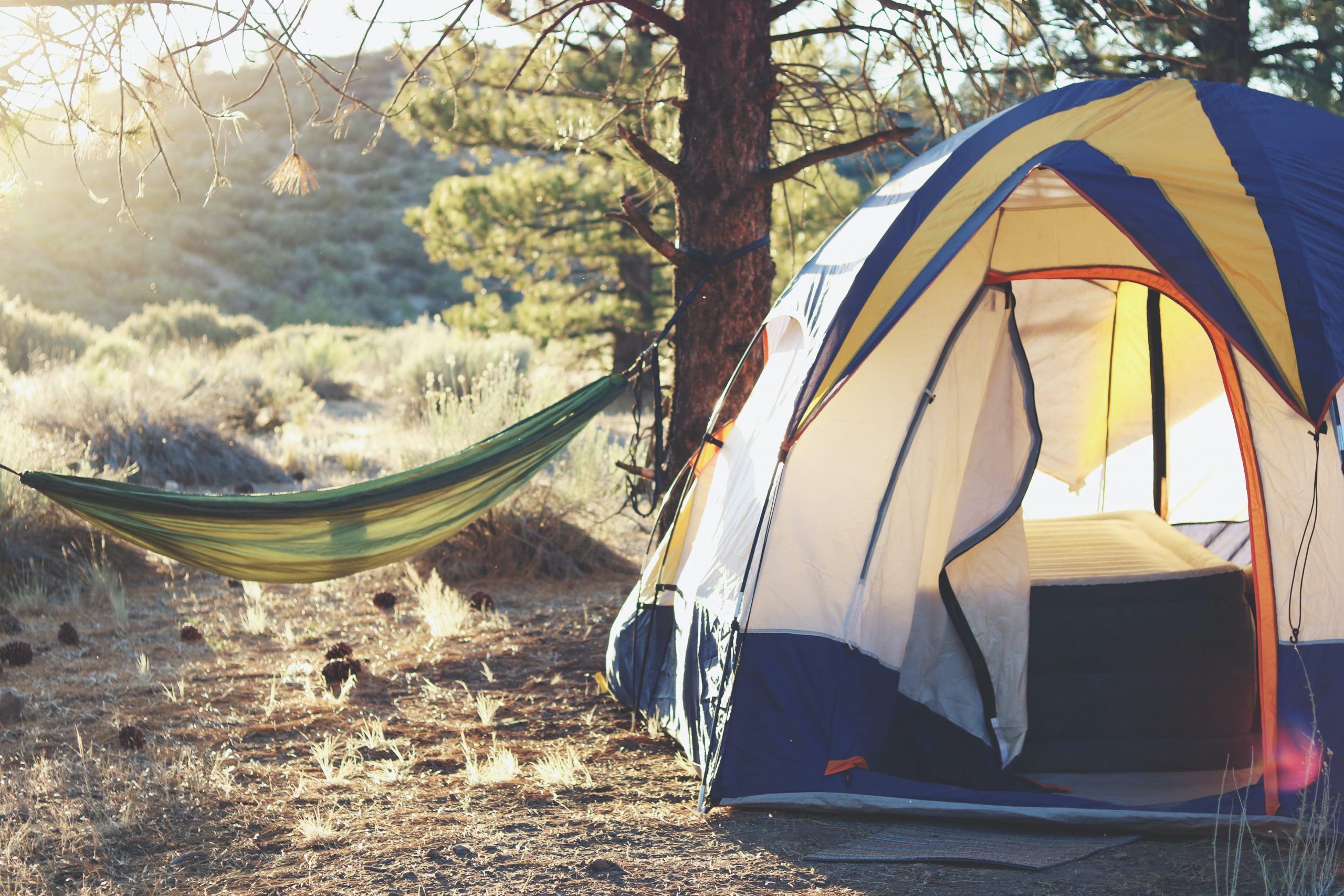

Whether you’re a first-time camper or a seasoned outdoor veteran, choosing the best camping gear for your trip can be the difference between a memorable or miserable time.
From unique camping accessories to hiking gadgets, there are plenty of products that can enhance your next trip into the wilderness. Not sure what to pack? Keep reading for all the must-have gear you should bring with you on your next camping.
Tent
Even if you prefer slumbering under the vast indigo sky, you should always have a tent or some other emergency shelter on hand just in case. Otherwise, a midnight deluge, heavy dew, or freak snowstorm is sure to leave you miserable, drenched, and at risk of hypothermia.
A tent can shield you and your camping gear from high winds as well. Whether you opt for the best solo-person tent or a larger luxurious-style tent, make sure you bring along all of its necessary accessories: stakes, tent poles, rope, and a rain fly.
Camping Light
Unless you’re intending to go to sleep every night soon after the sun has set, having a camping light will be indispensable. Getting up out of your sleeping bag and out of your tent in the middle of the night for a potty break is tough enough without making your way through unknown terrain in the dark. A lantern is a perfect lighting choice as it can stand on its own while casting light in every direction. Headlamps are also a great choice.
Sleeping Bag
Resting on a soft bed of moss and leaves may sound like a lot of fun, but it certainly won’t keep you warm when the sun goes down. Temperatures can drop significantly at nightfall— sometimes 20 degrees or more.
Keep in mind, too, that many creepy-crawlers are most active during the night and may chance upon your unswaddled body. Going camping without a sleeping bag risks an uncomfortable night’s sleep at best, exposure at worst.
Fire Starter
Camping isn’t camping without a crackling campfire, so you’ll want the tools to get one started quickly. Campers can start fires with matches, a flint, and steel, a cigarette lighter, or a magnesium fire starter. If you opt for matches, make sure they are waterproof.
It’s not a bad plan to pack two fire starters in case one fails. We love the Stealth Angel Arc Lighter because all it takes is a single push of a button to unleash a fiercely powerful dual-arc beam that ferociously ignites anything it touches—perfect for camping!
First Aid Kit
It’s unlikely that you will experience a life-threatening injury while camping, but even a long day of hiking can result in painful blisters that require a little bit of TLC. Small scrapes and cuts, too, can quickly become infected if left untreated, so always be sure to keep antiseptic and bandages on hand.
Your first aid kit should include other important necessities as well: gauze, scissors, adhesive, a CPR mouth barrier, an emergency whistle, and tweezers. Be sure to toss in bottles of insect repellent and sunscreen as well. Sunburn and bug bites can end your trip as quickly as any laceration.
If you’d rather purchase a pre-made first aid kit rather than making one, you can—just be sure to purchase from a reputable company like Stealth Angel Survival to make sure you are getting a top-quality kit.
Water Bottle
Did you know that the average healthy adult can live three weeks without food but only three days without water? Water is essential for surviving in the great outdoors, and the further off the beaten path you go, the more quickly it seems to run out.
The last thing any camper or hiker wants is to be stuck without a fresh supply of water, especially since drinking from a lake or pond can cause serious illness due to bacteria. Even if the wilderness you are heading into is just a few yards from your car, carry a day’s supply of the wet stuff in a Camelbak or other large container. Then, keep water purification tablets or a filter on hand just in case you have to refill from a nearby stream.
Pocket Knife
The pocket knife is, without a doubt, the ultimate multipurpose tool of the great outdoors. A knife can be used to trim a rope, slice cheese or sausage, cut fishing line, dice bait, sharpen a stick, open a tightly sealed package, deal with tangled vines, skin a small animal, or tighten a screw. Without a knife, such tasks become nearly to outright impossible. If you leave your camping knife at home, expect to feel frustrated, and often.
Map And Compass
If your camping itinerary calls for hiking in remote areas, you won’t want to head out without a map and compass or GPS. Constant changes in the sun’s position can make forest landmarks seem unfamiliar, causing campers to become disoriented. Unprepared campers have occasionally wandered the woods for days before finding their way back to camp or getting rescued.
Getting stranded or lost in a wooded area—especially with a limited water supply—is no joke. Even if your pals just want to walk down to the nearest creek from your campsite, make sure they have a way to return back to safety.
Warm Rainproof Clothes
You’ve checked the weather forecast for weeks—no rain, only sun. Unfortunately, the weather can change in a blink-of-an-eye, leaving you stuck in the cold rain or huddling around your campfire for warmth. With an extra set of camping clothes, you won’t have to worry about sudden weather changes—you can simply swap out wet clothes for dry ones or layer during a cold front.
Toilet Paper
Hardcore survivalists may view toilet paper as an unnecessary luxury in the outdoors, but many campers swear to its necessity. Leaves and bark make poor substitutes for latrine duty in both hygiene and comfort, and a chapped backside can make sitting pretty painful. Also, campgrounds with bathroom facilities have been known to run out of paper from time to time.
If you are camping in the deep woods and are concerned about the environmental impact of using TP, purchase some that’s biodegradable or take a refuse bag for disposal.
A Final Word
Camping is a timeless way to spend a weekend or vacation communing with nature, family, and friends. It’s good for the mind, body, and spirit to mix up our routines and get outside for some serious fun and relaxation. However, as much fun as camping is, it can turn into a real nightmare if you forget to bring some important must-have gear.
When planning your next camping trip, get organized and put together a checklist of all the essential items that you’ll need to bring along with you, like a tent, food, water, and first aid. This way, you can easily check each item off your list as you pack them into the car to avoid leaving anything behind.
Sources:
https://www.nps.gov/subjects/camping/why-camp.htm
